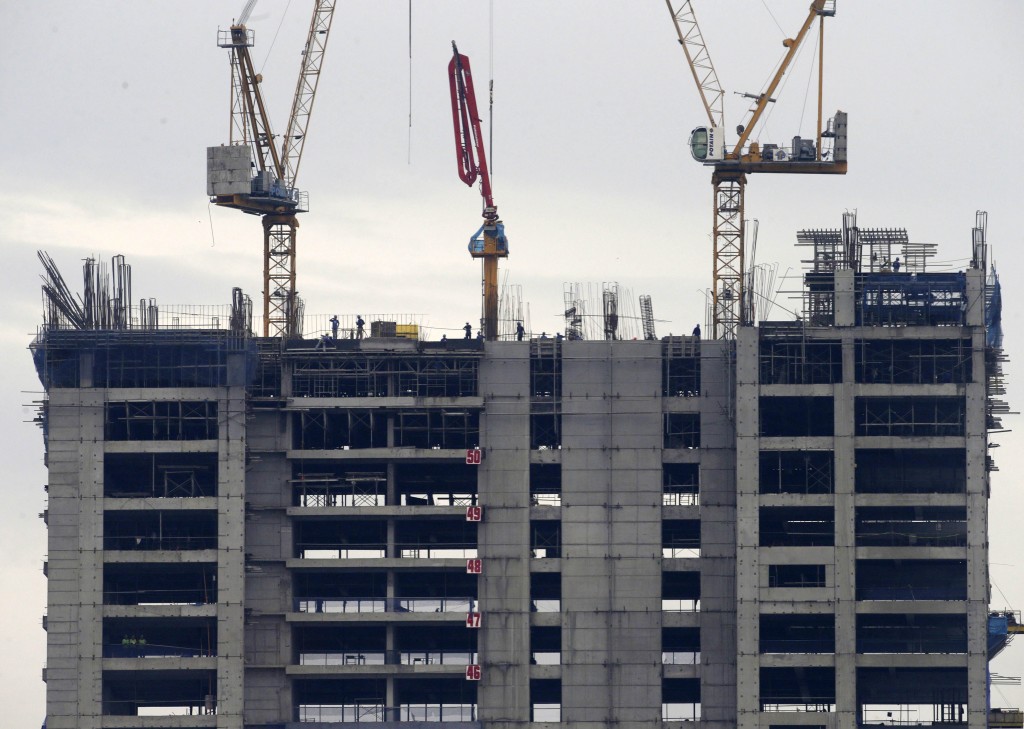
The Bangko Sentral ng Pilipinas has listed several possible regulations that it may put in place in the event that an asset bubble forms in the real estate sector and other industries. AP FILE PHOTO
MANILA, Philippines—The Bangko Sentral ng Pilipinas (BSP) has listed several possible regulations that it may put in place in the event that an asset bubble forms in the real estate sector and other industries.
Among these potential regulations would be an increase in the amount of money banks need to set aside for loans to certain “risky” industries and a review of loan concentration limits, BSP Governor Amando M. Tetangco Jr. said.
He said the property sector was among the several industries being watched closely by the BSP to ensure that prices were not artificially inflated to unsustainable levels.
“The phenomenon of bubbles certainly is a critical concern because economic history is replete with cases where bubbles caused massive dislocations and instigated further damage through the rest of the economy via further contagion,” Tetangco said. “Our prudential focus here is to monitor and determine whether acceptable credit standards are maintained by banks with respect to their exposures to real estate.”
Among the possible regulations that may be introduced in case signs of an asset bubble becomes apparent are capital charges and the possible restrictions on lending more than a certain percentage of a bank’s portfolio for real estate-related purposes, Tetangco said.
He added that the BSP might also resort to imposing reductions or “haircuts” in the value of assets being used as collateral for property loans, thereby increasing the cost of credit for borrowers.
The central bank chief, however, stressed that the country’s current real estate boom was still supported by real demand, fueled by better-compensated young professionals as well as domestic and foreign investments.
He said the perception that an asset bubble was forming in the local real estate sector was understandable as more office buildings and residential towers are built around the metro.
The central bank chief also noted that the aggressive marketing of property firms might also give the impression of an excess supply of homes and office spaces.
But he said the country’s demographic profile—people in their mid-20s make up the biggest segment of the Philippine population—and everyday realities such as rising transportation costs and congested roads continued to fuel demand for secondary homes.
“There continues to be demand from the BPO sector that remains on a growth trajectory,” Tetangco added.